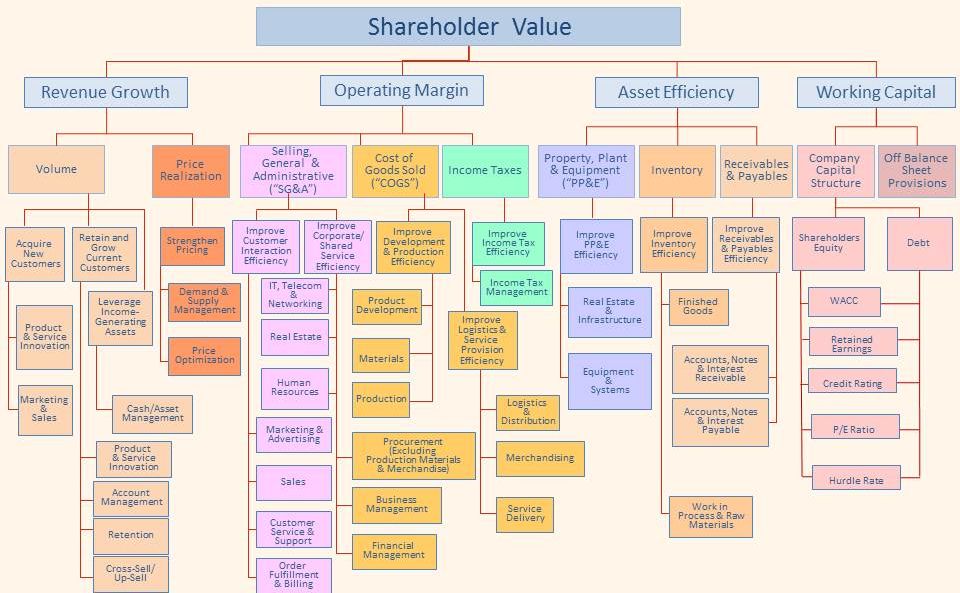The first answer to the question “what can sales people do differently” is to educate their buyers, adding value by teaching them something they don’t already know. This approach takes time, skill and resource, but ultimately is the only way to differentiate themselves from the competition. To do this, sales people need to be able to create customer-specific value propositions, and this is where the sales manager comes in.
Let me start by saying that meaningful value propositions are meaningful to a specific customer and not the vague statements seen in general product/service/solution marketing collateral. Many inexperienced sales people take these vague statements and try and sell them to customers and claim fantastic ROIs from implementing their solutions.
As we have already discussed, one of the changes in the buyer/seller relationship is that buyers do not want to be sold to by sales people. Rather, they want to be educated on developments in their specific industry segment that could help their businesses remain competitive. The difficulty is in how the sales person engages the customer without doing a detailed needs analysis, and this is where sales managers can help.
So, how do we develop value propositions that are more meaningful to customers prior to having a detailed discussion about their specific needs? The approach we have taken is to get sales managers to think about how their customers can increase shareholder value, and where their solution can create this value for the customer. In the past this process has descended into such a detailed analysis around business acumen that most sales people and managers now avoid it. This diagram gives a high level view of the pitfalls, and you may want to reflect on how many of your sales people, and sales managers, really understand this. Making business acumen simple but relevant
Making business acumen simple but relevant
So how can we use business acumen to help develop value propositions? Firstly, we can reduce the complexity and get the sales managers to think about how their customers can increase shareholder value using the 4 levers that executives can “pull” to achieve this. These four levers are the four headings on the previous diagram namely: increasing revenues, reducing costs, sweating assets and providing working capital. It is important to consider the four areas as this is how a CEO/CFO will think about their business, too often sales people are one-dimensional and only talk about cost savings.
The next phase is to start to segment your potential customers in terms of their specific industry or the problems they have in common with other customers (a more detailed view of segmentation is given later in the document). For example, we could focus on an industry segment – Telecommunications Operators – and think about some of their key objectives. In reality we are moving from right to left across the diagram whereas most selling companies move left to right. This means we always have our customer’s objectives at the forefront of our minds rather than our own product/solution/service. This allows us to clearly link their objectives to those four levers. The interesting part is then bridging between your solution and the industry objectives. How we bridge the gap is normally achieved through a one or two day workshop of sales managers, senior sales people, customer facing technical people, product marketing and others who may have insight e.g. industry segment marketing. We recently ran this type of workshop for a large communications company. 30 cross-discipline people in the room divided into 5 teams of 6 people. Each team was given a specific solution sold by their company, together with a specific industry segment to work on.
This allows us to clearly link their objectives to those four levers. The interesting part is then bridging between your solution and the industry objectives. How we bridge the gap is normally achieved through a one or two day workshop of sales managers, senior sales people, customer facing technical people, product marketing and others who may have insight e.g. industry segment marketing. We recently ran this type of workshop for a large communications company. 30 cross-discipline people in the room divided into 5 teams of 6 people. Each team was given a specific solution sold by their company, together with a specific industry segment to work on.
The exercise ran for about two hours and the outputs were outstanding – value propositions for five of their specific solutions for that industry segment. This gave their sales force an excellent starting point for educating their customers regarding specific industry benefits of their solutions and then going to the next stage of working with the customers own metrics to develop agreed ROIs.
So, thinking as a sales person or sales manager, what would this approach do for your business? Think about how this would allow you to focus on a specific industry segment (Financial Services, Pharmaceuticals, etc.) with a consistent, value-based approach to potential customers. The next question is how we choose the segments, and the customers within the segments, that we should target.














Can we assist with your training requirements? Just email us now with your details and we'll get back to you.
Contact john@sales-training-consultants.co.uk
Bookmark The Site.
2007 Copyright © http://www.sales-training-consultants.co.uk